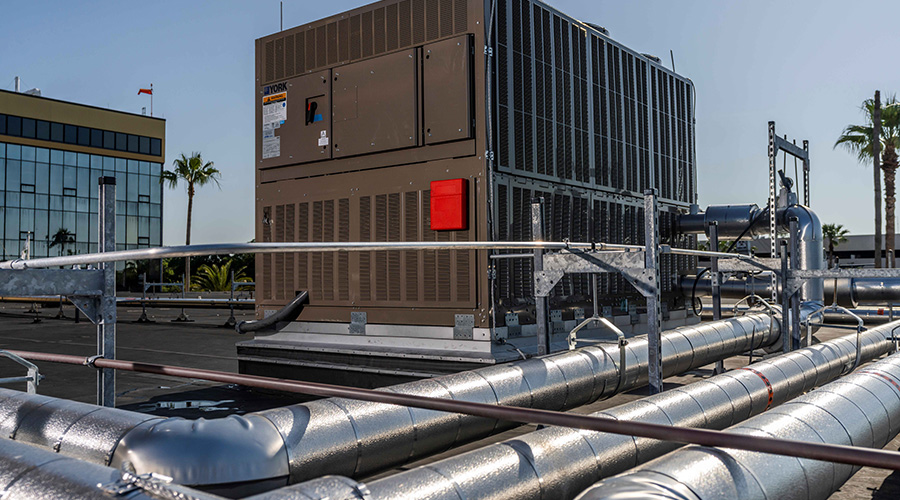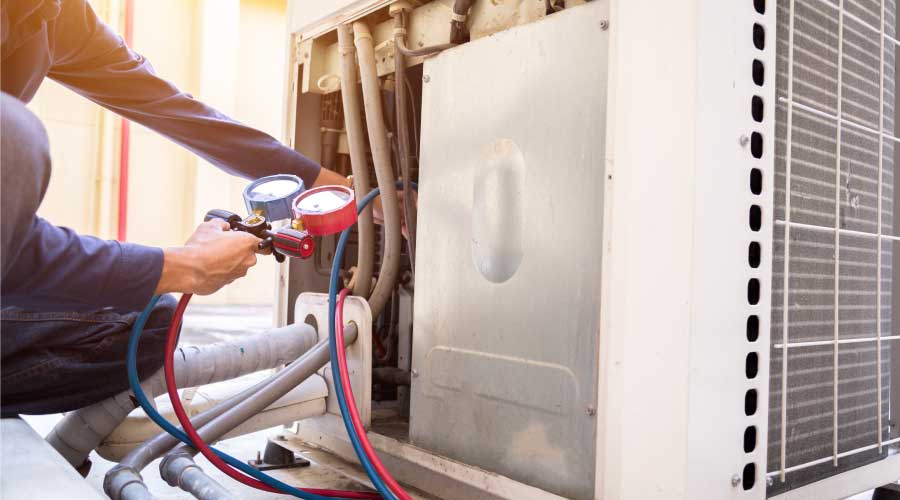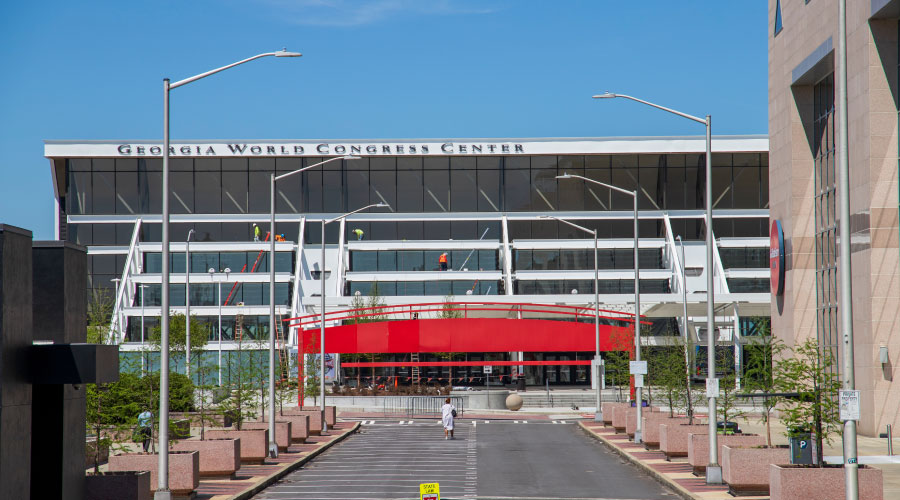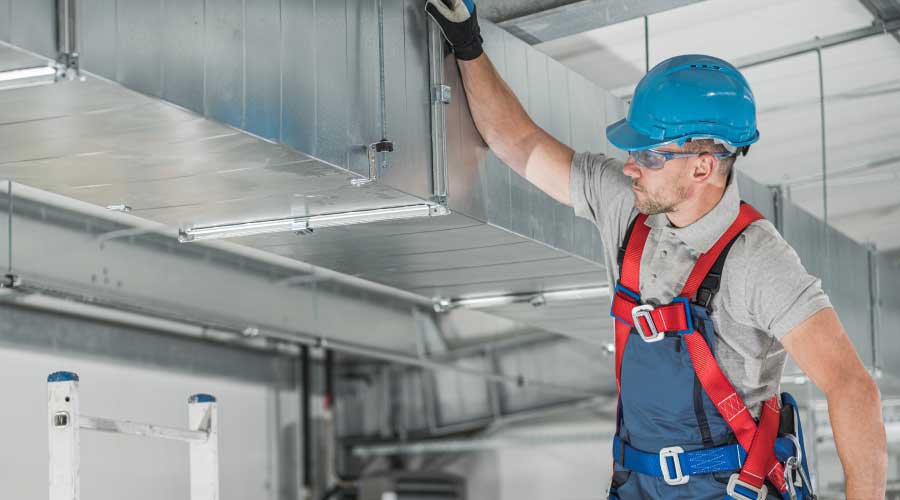HVAC System Audits Help Improve Efficiency
While PM is a requirement when seeking to minimize system energy use, it can only take performance so far. Even with comprehensive PM, many systems still will waste energy. Systems or their components might not have been installed properly. Modifications made to those systems over the years can significantly alter their energy efficiency. Changes within a facility or the way it operates can result in altered needs from the HVAC systems, reducing their performance and efficiency and producing less-than-desirable conditions for occupants.
One way to assess their operation and meet occupant needs is to conduct an HVAC system audit, which is a detailed inspection of systems and components. Audits can help managers and technicians identify elements that are unreliable, underperforming, obsolete, inefficient, or simply broken. Equally important, the audit identifies steps technicians can take to improve operations, ranging from adjustments or modifications to existing components to replacing them with new, high-efficiency units.
The audit starts with a review of available documentation, including drawings, manufacturer's maintenance and operation manuals, logbooks, and maintenance histories. Of particular importance is the maintenance history because it helps technicians identify systems and components that have required above-normal attention or systems that have been heavily or frequently modified in order to keep them operating. All of these situations are indications that there is room for improvement in operating efficiency.
Once managers have collected and reviewed this information, the next step is a close examination of the equipment in operation and a review of the area the equipment serves, noting deficiencies and identifying areas for potential improvement. In areas of significant change related to operations the equipment supports, managers need to evaluate the suitability for that equipment continuing to support those altered operations and develop cost estimates for the required changes.
Since it is difficult and costly to audit every piece of equipment within a facility, most audits start with the largest energy-using systems, such as boilers, chillers, cooling towers, and circulation pumps. These components offer the greatest potential for energy savings. Once the audit on these components has been completed and technicians have taken corrective action, they can move on to other HVAC system components.
While these system audits are time-consuming and can uncover the need for expensive modifications or upgrades to existing systems, they are one of the best ways for managers to identify ways to save energy. The audit gives managers a clear understanding of steps to take, the associated costs, and potential return on investment.
Related Topics:













